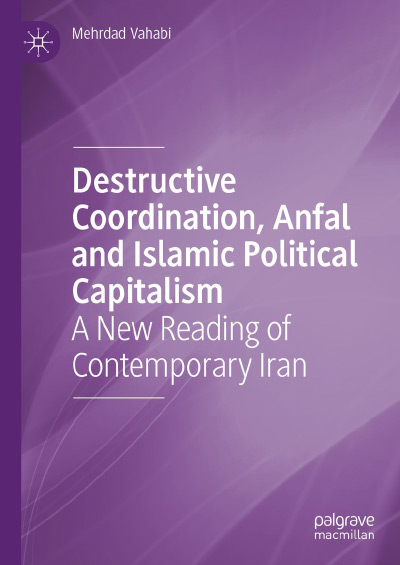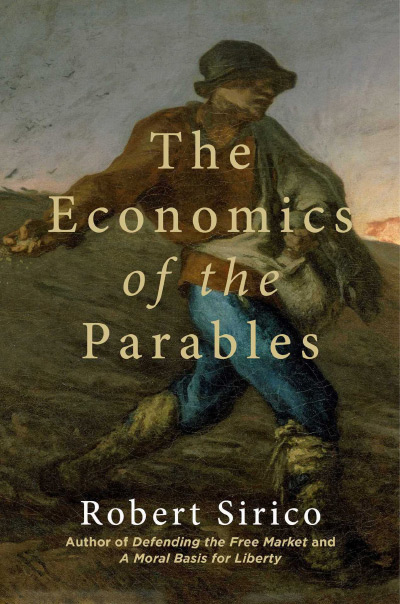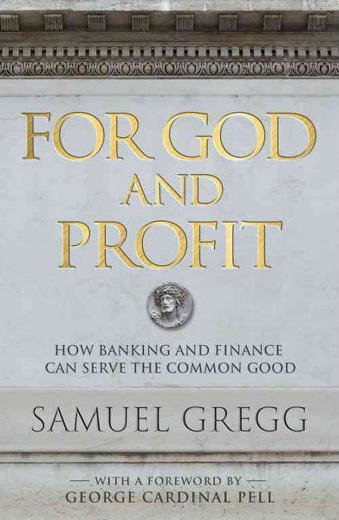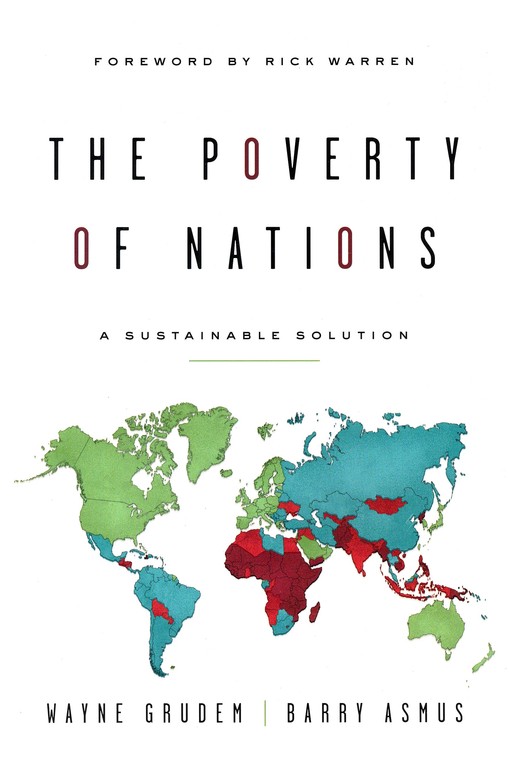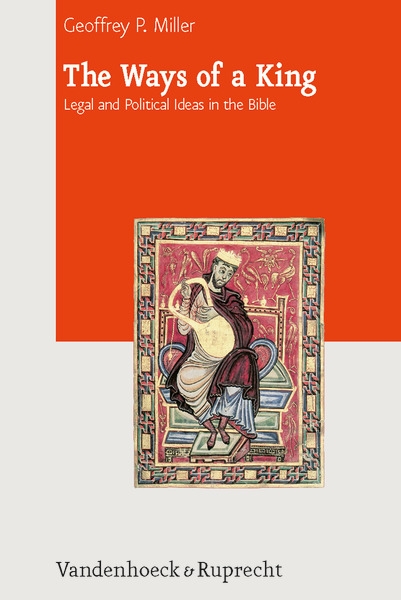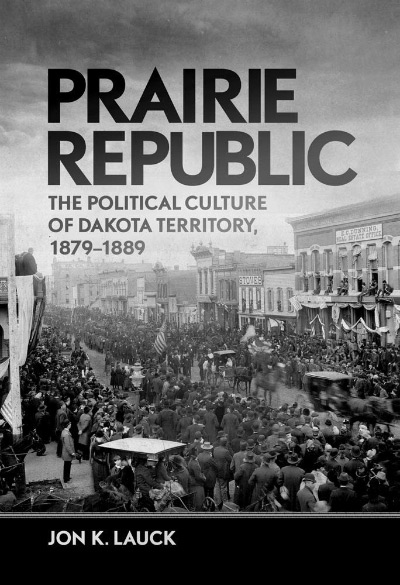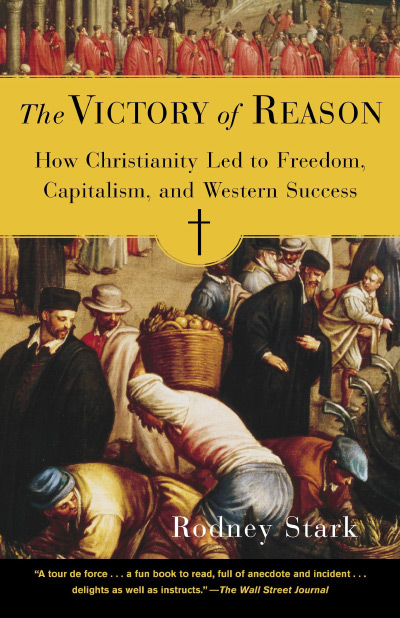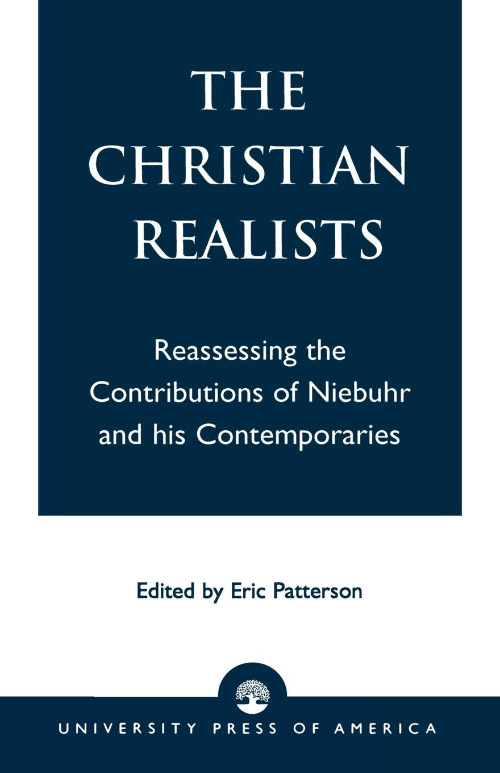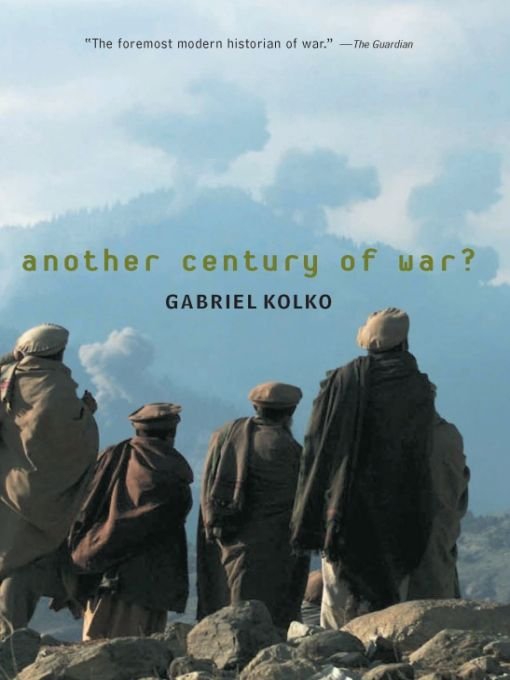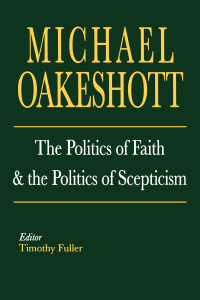Mehrdad Vahabi is a seasoned and accomplished observer of economic systems, especially of illiberal ones. He has widely published on various aspects of these, including communist and post-communist regimes, comparative economic systems, and Islamic economics. As a professor at Sorbonne Nord and frequent contributor to journals of institutional economics, book author and instructor, he is a truly original face in the world of global political economy. The volume under review is an unconventional contribution to understanding three distinct, but related subjects. Destructive coordination is one beyond the customary bureaucratic and market coordination, one emerging at times of crises and power vacuums, when grabbing—appropriation via force—becomes a rule of the game for longish periods of time. Anfal has many meanings, but the most relevant for the book is a special form of ownership, built on Shia Muslim theology, and for short reflects the property of the Supreme Religious Leader, the Imam. As such, it is neither public, nor private property. Finally political capitalism is an arrangement, when the body politic plays a decisive role over economic processes, which tends to be vertically coordinated interactive deals based on equality of standing among the players and based on consensual, voluntary relationships.
We do not need to enter into long explanations on why political capitalism has regained its analytical and political significance following the collapse of the Soviet Empire. State capitalism and generally illiberal political and economic practices have been on the rise in the past quarter of a century across the globe. As richly documented in two recent representative volumes, academic interest in this non-trivial development—running contrary to the “end of history” theses—has been extensive and global (see András Sajó, Renáta Uitz, and Stephen Holmes, editors, 2022, Routledge Handbook of Illiberalism, New York; and Bruno Dallago and Sara Casagrande, editors, 2023, Routledge Handbook of Comparative Economic Systems, New York). Without straying into assessing these extensive and in many ways novel contributions to the field of economics and political science, we may safely claim that Vahabi has capitalized on his extensive field knowledge of revolutionary Iran in testing those theories of illiberalism on an empirical ground, which is little known to most outside observers.
The author builds on established theories of nonmarket systems, primarily on the seminal work of the late Hungarian economist and Harvard professor, János Kornai (Dynamism, Rivalry, and the Surplus Economy: Two Essays on the Nature of Capitalism, 2013, Oxford University Press). In addition, he revives relevant theories of the founding father of sociology, Max Weber, and the towering oeuvre of Karl Polányi, who was a critic of both Soviet-type planning and of Manchester capitalism. Vahabi builds on the theory of hybrid regimes, a concept usually applied to China and Vietnam rather than any other emerging economy. In so doing he provides both a set of novel analytical tools which may be applicable in other cases, other than the traditional west European mixed economies, and suggest a new reading of the ups and downs of the Iranian economic system, which defines itself to be different both from Eastern communism and Western capitalism.
As reflected in the title, the book is a kind of “three in one,” joining in the global debate on the “varieties of capitalism.” It goes without saying that Vahabi is not constrained by the west-Europe centrism of the original approach of authors who were interested in the institutional foundations of competing EU market models (see Peter A. Hall and David Soskice, eds., 2001, Varieties of Capitalism: Institutional Foundations of Comparative Advantage, Oxford University Press). He joins the later trend reflected in both Handbooks cited above, that capitalism comes in varieties not only and not primarily in Europe, but across the globe. Hybrid regimes are much more interesting and relevant as an analytical tool for comprehending emerging economies outside Europe, where the classical categories and delineations do not seem to fit very well.
The first three chapters of Vahabi’s book are devoted to explaining destructive coordination as conceivable, observable, and lasting arrangements, as a special edition of a market in less developed economies. Here we should appreciate the innovative and thorough-going analysis in which the author manages to build a new theoretical category, whose relevance extends way beyond the single case of the Islamic Republic of Iran. He draws on the classical concept of res nullius of Roman law. It denotes the property of nobody, which may take a great variety of forms. For instance, the sea, air, or mountains, but also property of an owner who died without an heir, or booty following a war may count as such. The more room there is for forcible—or destructive—coordination, the more relevant his concept may become against the traditional dichotomy of public versus private ownership.
The second main part of the volume, chapters 4, 5 and 6, are devoted to Anfal, a special category anchored in the Shia reading of the Quran. This is a highly complex, technical, and theological story. In contrast to Sunni Islam, where booty and abandoned property belong in part to the warriors, in part to the state, represented by the Treasury and royal estate, with inheritance implying the equal distribution among all those left behind, by the Shia these items, which may account to 20 to 25 percent of national wealth, belong to the Imam. While looking from the Western angle, the Sunni arrangement is already seen as a basic impediment to capitalist forms of management, especially to its heart, the limited liability corporation, the Shia option is even more detrimental for the market (on the former see the definitive paper: Timur Kuran, 2018, “Islam and Economic Performance,” Journal of Economic Literature 56, no. 4: 1292–1359). Vahabi provides a detailed and well supported argument explaining that Anfal and the related property is neither public nor private but serves as a source of predatory revenue to the clergy, not least owing to its lack of transparency and lack of subordination to any public finance authority.
The third main part of the book, chapters 7, 8, and 9 are devoted to a concrete empirical case study of Shia Islamic political capitalism. This is perhaps the most intriguing part for an empirically oriented reader like this one. The arguments explaining why the interpretations of first nationalization (under Khomeini) and later privatization (under the reformist Khatami) are missing the point. In the argumentation of Vahabi what we see is a steady trend toward Islamization. With the growing share of nonpublic property, incentives to hoard (both in physical and monetary form), engage in capital flight and labor migration, divest domestically, and invest abroad are all demonstrable. These features bear resemblance to the political capitalism of Russia, especially since the return of Vladimir Putin to the Presidency in 2012.
While retaining a dry tone, the author is unequivocal in showing the economic stagnation coupled with qualitative deterioration, including the flight of skilled persons and the degradation of the natural environment—factors not showing up directly in the national accounts. The economic slowdown is thus just a partial feature of the unintended consequences of Islamic political capitalism built on rent-seeking and predation. Oil revenues, which are always relevant (especially during non-reform periods) could be expropriated, to a large degree, to private hands, without any hope for turning them into productive investments inside the Islamic Republic.
The Epilogue asks whether Islamic capitalism can be reformed. If reforms imply continuous remedying of immediate shortcomings, several rounds of such change could already be observed. The book, to a large degree, will serve as a documentation and synthesis of such measures.
If, however, reform means systemic change, for the better, leading to substantial improvement of living standards and enhanced personal and political freedoms for the masses, the answer is rather no. In line with the theory of János Kornai cited above, the system exhibits a considerable degree of coherence, which cannot be overcome or modified at will. Similar to socialism, piecemeal reforms are conceivable, but major, thorough, fundamental restructuring certainly not.
Mehrdad Vahabi’s latest volume is an important contribution to academic scholarship on all the three major planes it was aiming at. The theory of coordination is one of the evergreens in economic theory, and new empirics require rethinking old claims. Anfal itself is also understudied in the global developmental literature.
Finally, the empirical evidence supplied by the study of economic, ecological, and social evolution of the Islamic Republic, as an attempt at creating a third road model for an oil-rich emerging economy is close to half a century old, and thus is worth studying in terms of customary development studies. The lessons are not heartening, but we would definitely be more ignorant if we had not read this volume. A welcome addition to any serious academic library!



